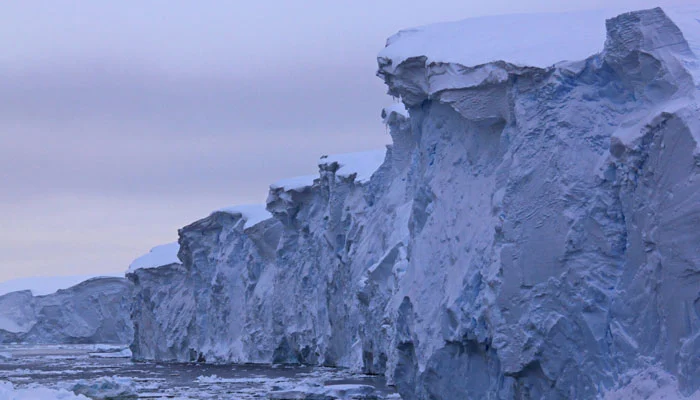Scientists have revealed new details about Antarctica’s Thwaites Glacier, often known as the “Doomsday Glacier,” which has been losing ice since the 1940s.
According to their most recent findings, published in the journal Proceedings of the National Academy of Sciences, the melting glacier has the potential to have a catastrophic influence on sea level.
Researchers analyzed marine sediment cores to find evidence that the glacier began a dramatic retreat in the 1940s, most likely caused by a severe El Nino event.
Julia Wellner, an associate professor at the University of Houston, noted that the Thwaites Glacier’s retreat followed patterns seen in neighboring Pine Island Glacier ice formations.
“If both glaciers are retreating at the same time, that’s further evidence that they’re actually being forced by something,” he said.
A marine geologist, James Smith, has reportedly warned that once began, ice sheet retreats can last for decades.
Ted Scambos, a glaciologist at the University of Colorado Boulder, emphasized the compounding effect of natural occurrences and human-caused climate change, claiming that continued warming exacerbates and perpetuates instability.







